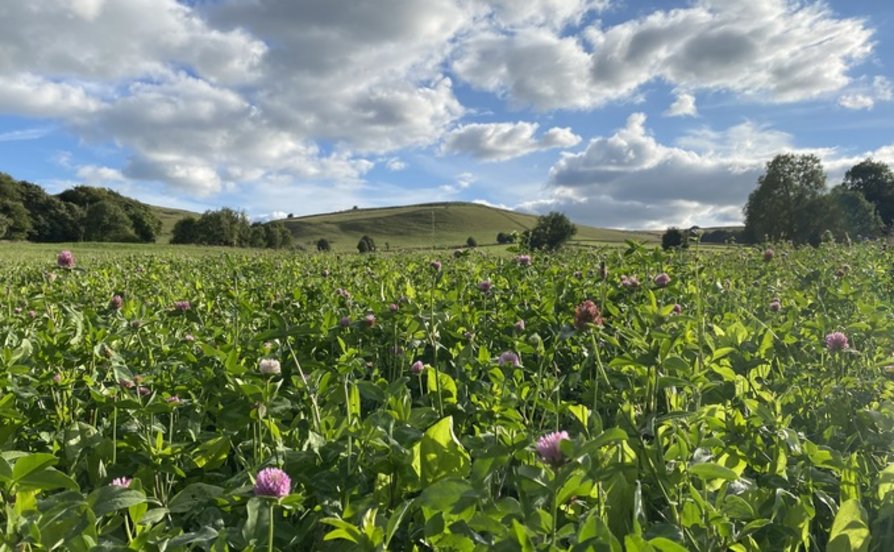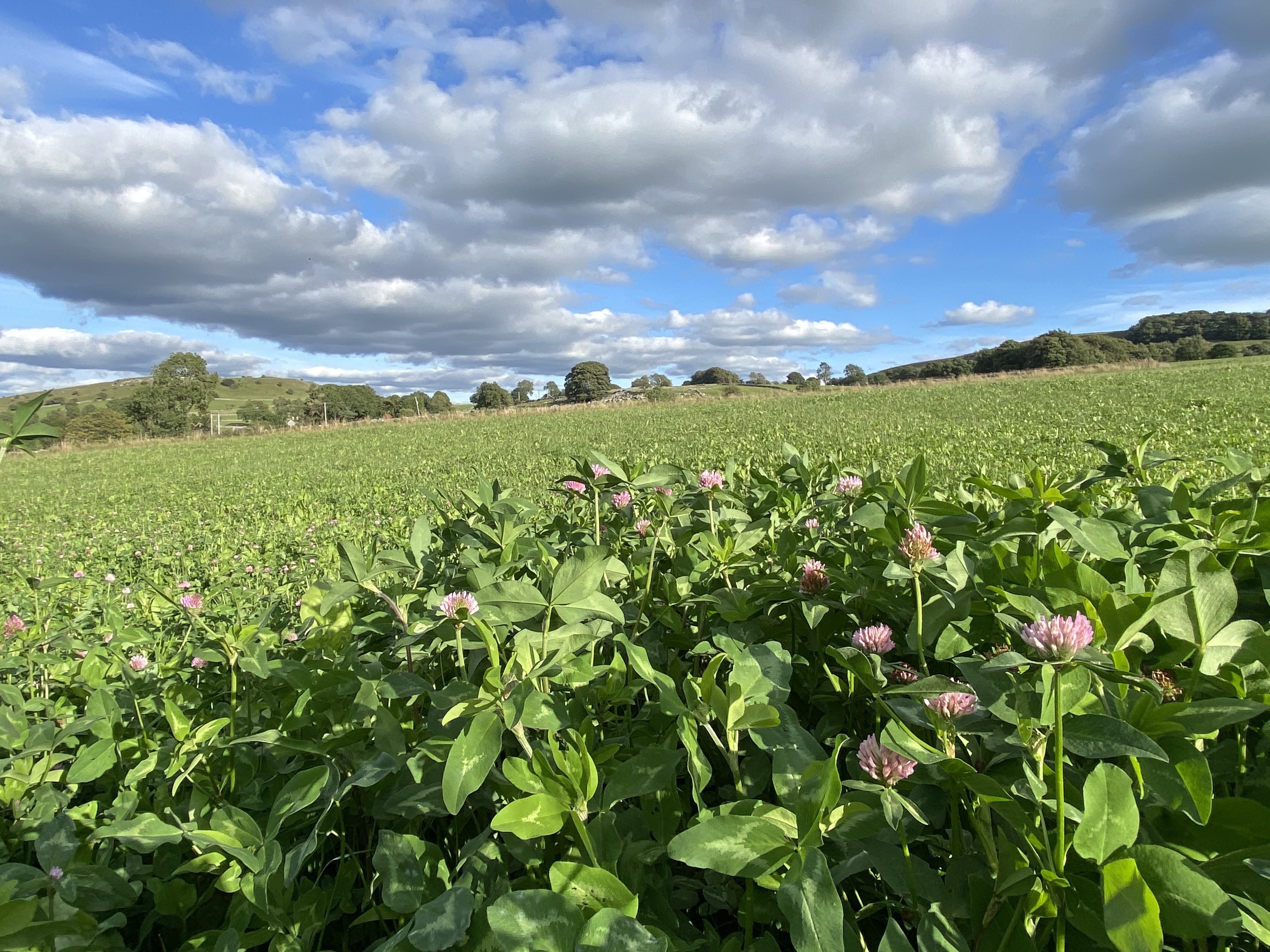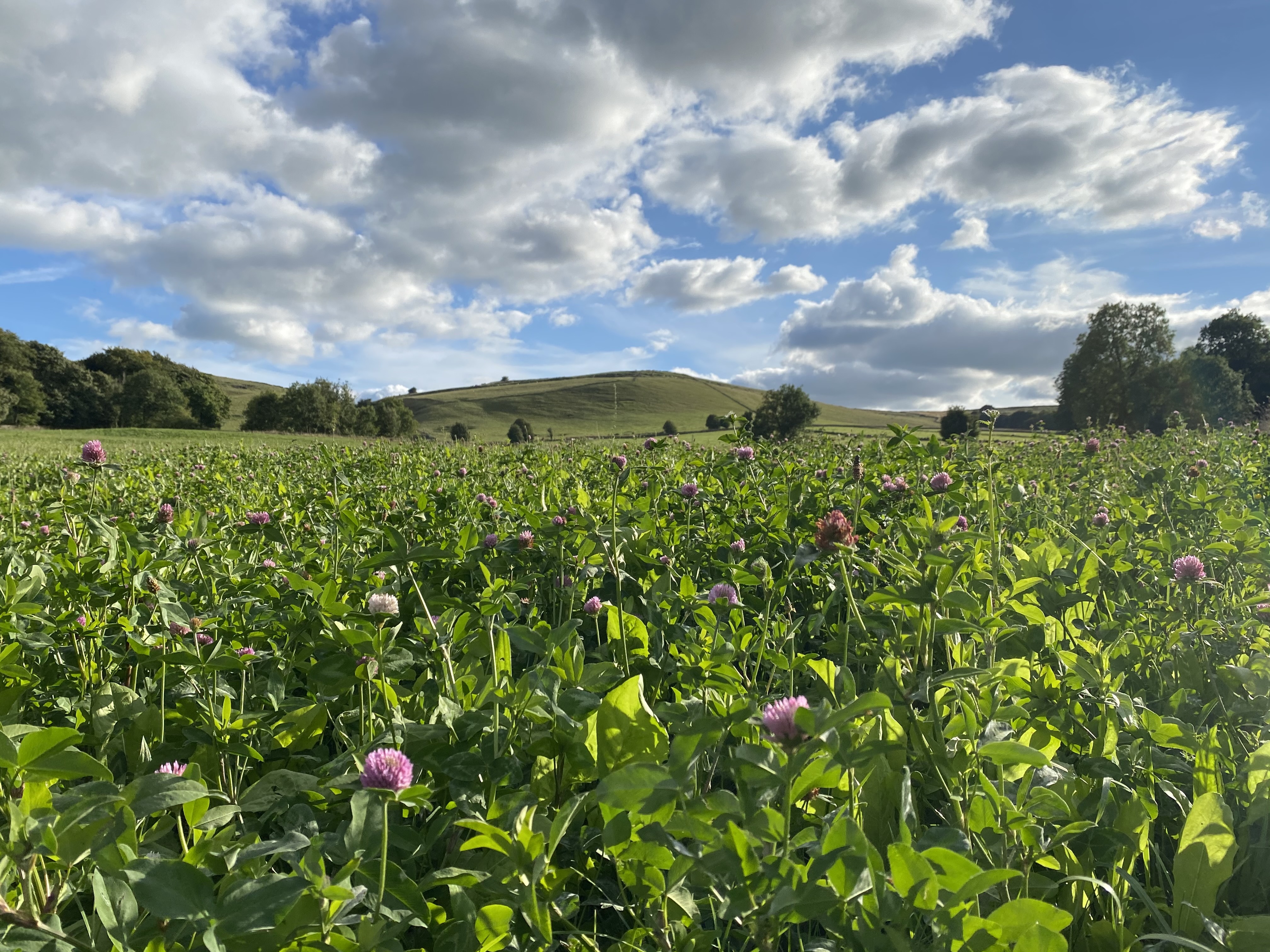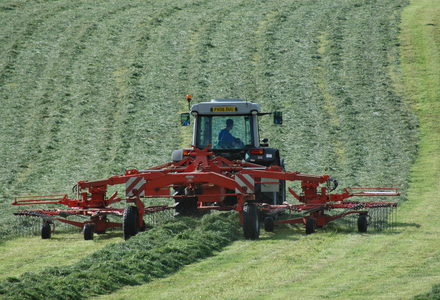Partner Insight: Uncovering the key to the best quality silage
17 February 2024
As the days lengthen and grass begins to grow, thoughts move to first cut silage. But after a difficult end to 2023, what should farmers be focusing on?
 Many farmers will be looking to forget the stormy, exceedingly wet weather which plagued the autumn and early winter, but these conditions will have left a legacy which needs to be addressed at the start of this season.
Many farmers will be looking to forget the stormy, exceedingly wet weather which plagued the autumn and early winter, but these conditions will have left a legacy which needs to be addressed at the start of this season.
Taking action now can ensure the 2024 silage crops can be high-yielding and of the best possible quality.
Peter Smith, Ecosyl silage expert for Volac, says: "Autumn 2023 was particularly challenging with a number of fourth or late cuts left in the field due to the wet weather. Unless grazed off with sheep, this grass carryover will need to be removed early in the season. "If this grass is not taken, it will die off and dilute the quality of the first silage cut, typically reducing it from 12 ME to as low as 9 ME.
Bacteria
This old grass can harbour bacteria which will adversely affect the fermentation process when the grass is in the clamp. View this first cut as a clearing cut to start the season so the new growth is fresh. "It can be reasonable quality if taken in the good weather and cutting as early as April in the milder parts of the country is recommended.
Taking off this carryover will allow for more vigorous growth thereafter, Mr Smith says, but he cautions against leaving a long gap between this cut and the next, because if left too long, the grass beneath will be white and regrowth will be slow, especially in dry conditions.
Assessing the state of grass leys ahead of the start of the growing season is important as the strong growing conditions last summer may have masked sward deterioration. This is according to John Spence, forage crops product manager of Limagrain UK.
He says: "Many grass reseeds were postponed due to poor weather. Because the grass grew well in late summer, many farmers were content with existing swards, which seemed to perform well. "Spring brings an opportunity to evaluate the yield and quality of this year's first cut to enable informed decisions about the need for reseeding later in the year. "Analysis of silage made from older swards and new grass leys indicates there is a significant increase in digestible fibre, metabolisable energy and protein after reseeding. Farmers are also looking to the Sustainable Farming Incentive [SFI] to claw back lost Basic Payment Scheme income.
 The SFI NUM2 Legumes on improved grassland action is proving very popular as are herbal leys.
The SFI NUM2 Legumes on improved grassland action is proving very popular as are herbal leys.
Farmers are specifying grass mixtures with clover when reseeding or drilling seed into existing swards to fix nitrogen and improve protein content. "Where an established sward continues to yield well, clover can be added by creating gaps in the sward by harrowing and then direct drilling. "Over-seeding works best when drilling into an open sward, whereas drilling into older, matted pasture can be problematical." He adds that maximising silage quality in the season ahead must be the main priority, so choosing a mixture carefully for the intended purpose and to suit current management is key.
Mr Spence says: "New varieties are bred for forage quality, specifically digestible fibre content, and these will not only yield better, but will make a significant difference to silage quality.
What is Campaign for Better Silage?
Campaign for Better Silage is a new initiative offering advice to dairy farmers on how to navigate the inevitable grassland challenges 2024 will bring, as well as best practice guidance to ensure maximum production on every farm. To find out more, head over to Farmers Guardian.
